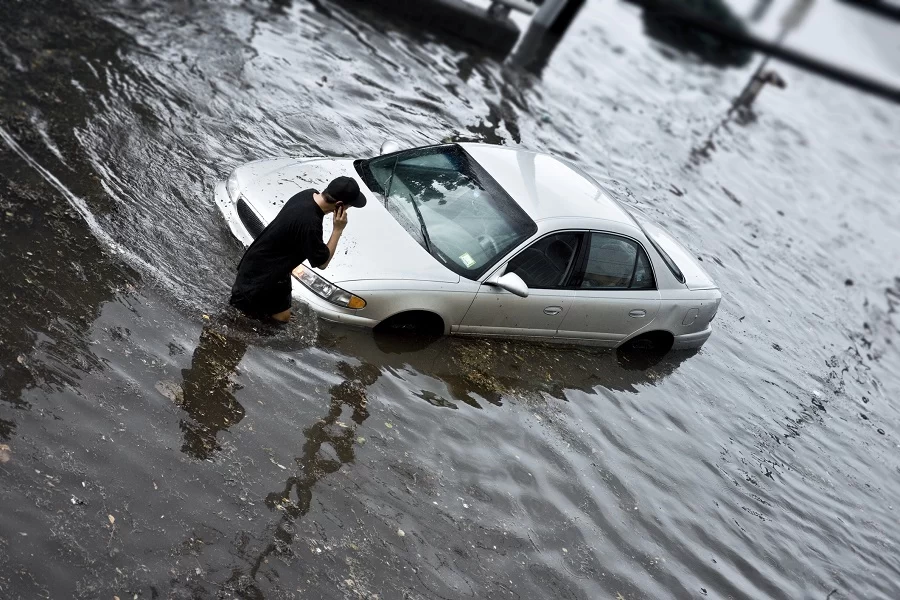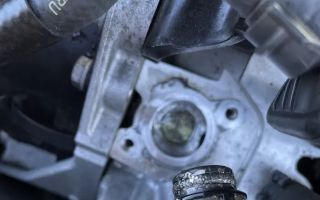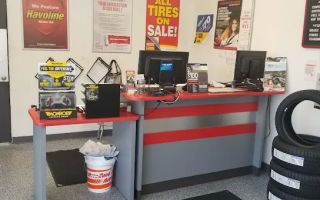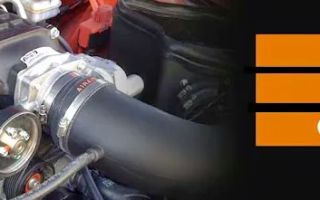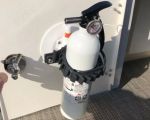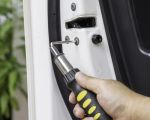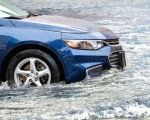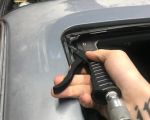What to Do If Your Car Is Stuck in High Water
Finding yourself in a situation where your car is stuck in high water can be frightening and dangerous. Whether you're driving through a flooded street, caught in unexpected rain, or trapped during a storm, it's crucial to know the right steps to take. These situations can escalate quickly, and the way you react can make a big difference in your safety and the condition of your vehicle.
This article provides a detailed guide on what to do if your car is stuck in high water, including immediate safety actions, what to avoid, and how to handle the aftermath. By following these guidelines, you can ensure that you protect both yourself and your car from further harm.
```Safety First: What to Do Immediately
The most important thing to remember when your car is stuck in high water is to stay calm and prioritize your safety. Here's what you should do right away:
- Stay Inside the Car: If the water level is rising, remain in the vehicle. It may be safer inside the car than outside, especially if water is rushing around you.
- Call for Help: Dial emergency services or a roadside assistance provider. Inform them of your location and the situation. The more information you provide, the quicker the help will arrive.
- Keep Your Seatbelt On: Keep your seatbelt fastened and ensure that your passengers do the same. In case of an emergency evacuation, this will prevent injury.
Remember that floods can be unpredictable. If the water begins to rise rapidly or you feel unsafe, it might be necessary to take action sooner. Always rely on your instincts and the advice of emergency responders.

Pick Your Part - Help Yourself
1232 Blinn Ave, Wilmington, CA 90744, USA
Evaluating Water Levels and Making Critical Decisions
Not all flooding situations are the same. In some cases, the water may appear manageable, but it's essential to evaluate how high the water is and whether it’s rising. Here are key points to consider:
- Measure the Depth: If possible, try to assess the water's depth. A general rule of thumb is that if the water is above the middle of your tires, it may be unsafe to attempt to drive through it. Even shallow water can cause damage to your car if you're not careful.
- Watch for Strong Currents: If you notice the water flowing quickly, don't try to move the car. The force of fast-moving water can push your car off the road or further damage the vehicle.
- Assess the Potential for Rising Water: If the rain continues or there’s a risk of more flooding, consider the possibility that the water levels may continue to rise. Evacuating the vehicle may be necessary if this is the case.
In cases where water levels are rising or the current is strong, it’s best to remain in the car and wait for rescue. Do not attempt to drive out of the flooded area, as this could worsen the situation.

Pick Your Part - Greer
13054 E Wade Hampton Blvd, Greer, SC 29651, USA
How to Evacuate Your Car Safely
If the situation becomes dangerous and you need to evacuate your car, follow these steps carefully:
- Unbuckle Your Seatbelt: Before leaving your car, ensure your seatbelt is unbuckled, and make sure all passengers are ready to evacuate.
- Roll Down the Window: If the water hasn't yet reached the level of the windows, roll them down so you can easily exit the vehicle. If the water has risen too high, you may need to break the window. It's important to have a window-breaking tool in your car for emergencies like this.
- Exit Quickly but Calmly: Once the window is open, exit the vehicle and swim or walk to safety. If you have children or pets, make sure they are also evacuated safely.
In flooded areas, fast-moving water can make evacuation difficult. Always try to head for higher ground if possible, and follow the advice of emergency personnel when it comes to safety procedures.
After the Situation: Dealing with the Aftermath
Once you're safe and out of the water, it’s time to assess the situation and deal with the aftermath of having your car stuck in high water. Here's what you should do:
- Do Not Start the Engine: Starting the engine could cause severe damage if water has entered the vehicle’s internal systems. Keep the engine off until a professional can inspect the car.
- Contact a Towing Service: You may need a towing service to remove the vehicle from the flooded area. If you're in a dangerous location, avoid trying to move the car yourself. A professional towing service can safely transport your vehicle to a repair shop.
- Check for Water Damage: Have the vehicle inspected for water damage as soon as possible. This includes the engine, transmission, and electrical systems. If the car has been submerged for a long time, the damage could be extensive.
Flooded cars can suffer long-term damage, even if they appear unaffected at first. It's crucial to have the vehicle properly assessed by a mechanic to determine the extent of the damage and to avoid future problems.
Real-Life Case Studies of Vehicles Stuck in High Water
To better understand how to deal with a car stuck in high water, here are a few real-life examples of individuals who found themselves in similar situations:
- Case Study 1: Flash Flood in a City: During a sudden flash flood in a large city, a driver attempted to drive through a rising water level. The car stalled, but the driver stayed calm and called for help. Rescue teams arrived within 30 minutes to evacuate the driver safely and tow the vehicle.
- Case Study 2: Rural Road Disaster: A motorist got caught in a rural area during a heavy rainstorm. The water level rose quickly, but the driver wisely stayed inside and called a towing service. The towing company arrived, and they safely recovered the vehicle, preventing significant damage.
These cases highlight the importance of staying calm, calling for help, and knowing when to evacuate. The right decisions can mean the difference between a minor inconvenience and a major disaster.
Preparing for Future Flood Risks
While we can’t always predict when a flood might happen, being prepared can significantly reduce the risks. Here are a few steps you can take to protect yourself and your vehicle:
- Know Flood Zones: If you live in an area prone to flooding, be aware of local flood zones and avoid driving in these areas when heavy rain is expected.
- Emergency Kit: Keep an emergency kit in your vehicle with tools, first-aid supplies, and a window-breaking tool. Having the right equipment can make a difference in emergency situations.
- Insurance Coverage: Ensure your car insurance covers flood damage. If your vehicle is often at risk, consider comprehensive insurance to protect against water damage.
Being prepared for potential floods can help you act quickly and effectively if your car ever gets stuck in high water.
```
